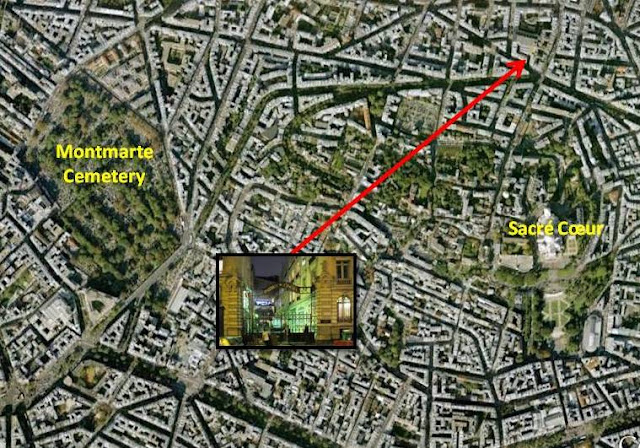Best known as Marché d’Aligre, the name of the place where you can find it, the covered market building is however actually called Marché Beauvau, named after an abbess of the Saint-Antoine Abbey, once the owner of the ground. The building dates from 1843 and replaced a previous one from 1779. It’s probably the oldest Paris covered market building still in use for its original purpose.
This is not a snobbish market place; it has rather the reputation of a place for decent prices and to offer a real old market feeling. It’s situated in an area which used to be very “popular”. The different revolutions often had their strongest support from these Saint-Antoine quarters, which integrated Paris only in 1860.

Today, markets are held all days of the week, except Mondays. Maybe the nice spring weathercontributed, but I had the impression that the market was much livelier outdoors on the large Place d’Aligre, in front of the covered market, and also in the adjacent streets, where you can find not only things to eat and drink, but all kinds of stuff, new or old. It’s like a flea market and with a great mix of cultures. 

Addendum April 1:
“Anne” made a comment on this post: “And when the market was finished, the bell (la cloche in French) was rung and the poor, hungry people were allowed to take the left-overs so their name was "clochard" (tramp).” This sounds very plausible. I once read that the origin of the word "clochard" should rather be that beggars would be invited to assist in ringing the heavy church bells and got some compensation for this. Maybe both explanations are good?


































































